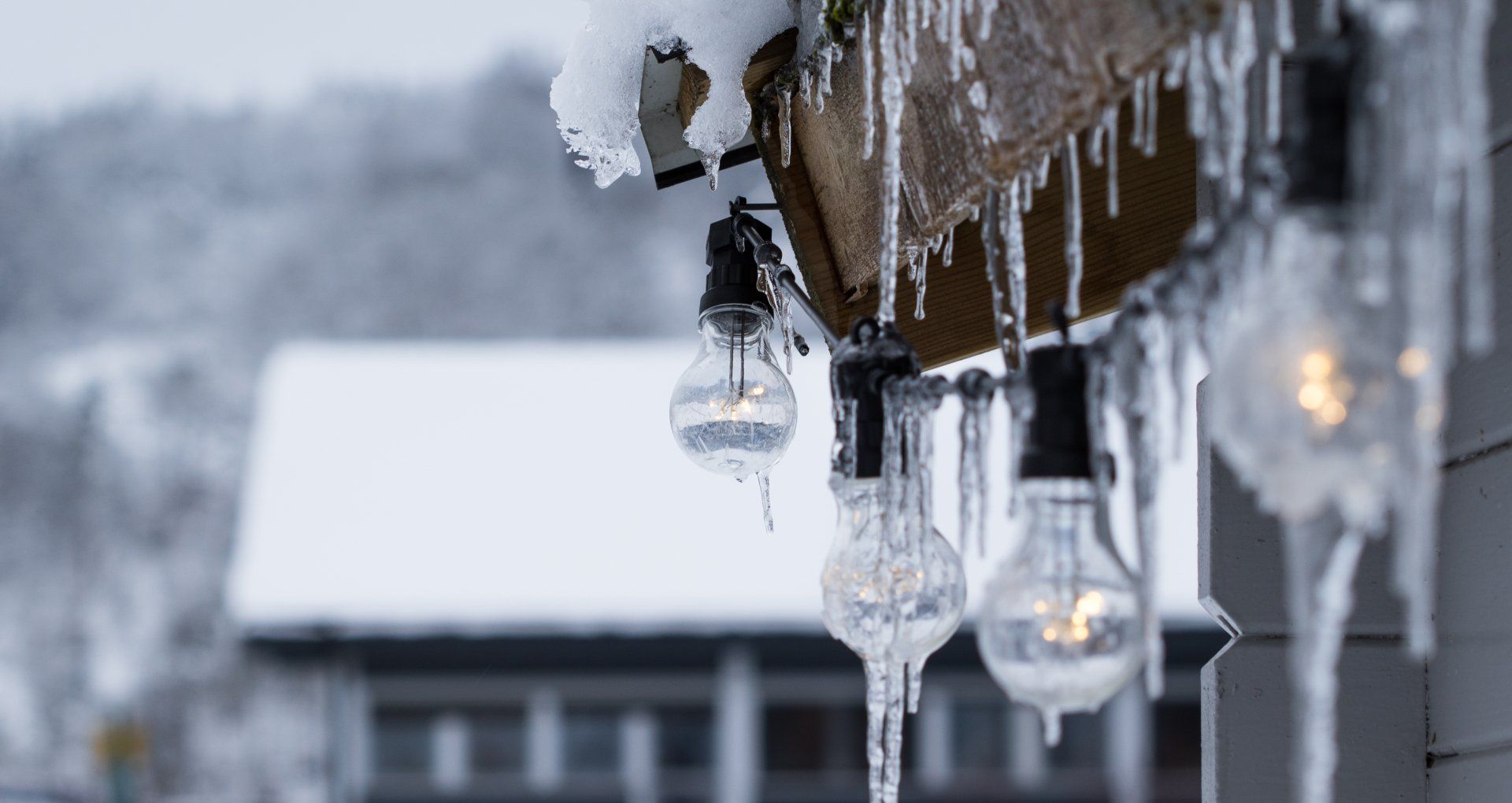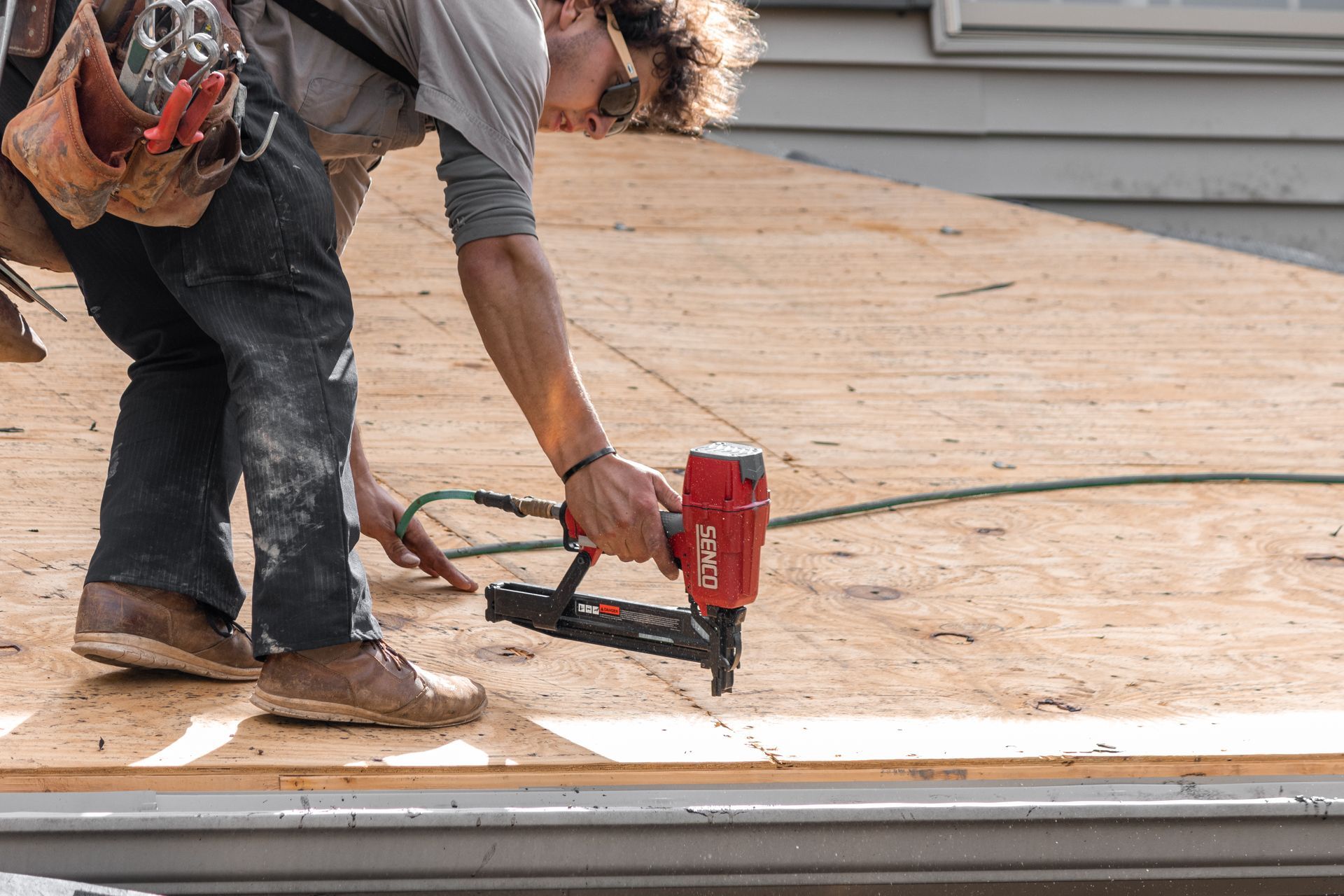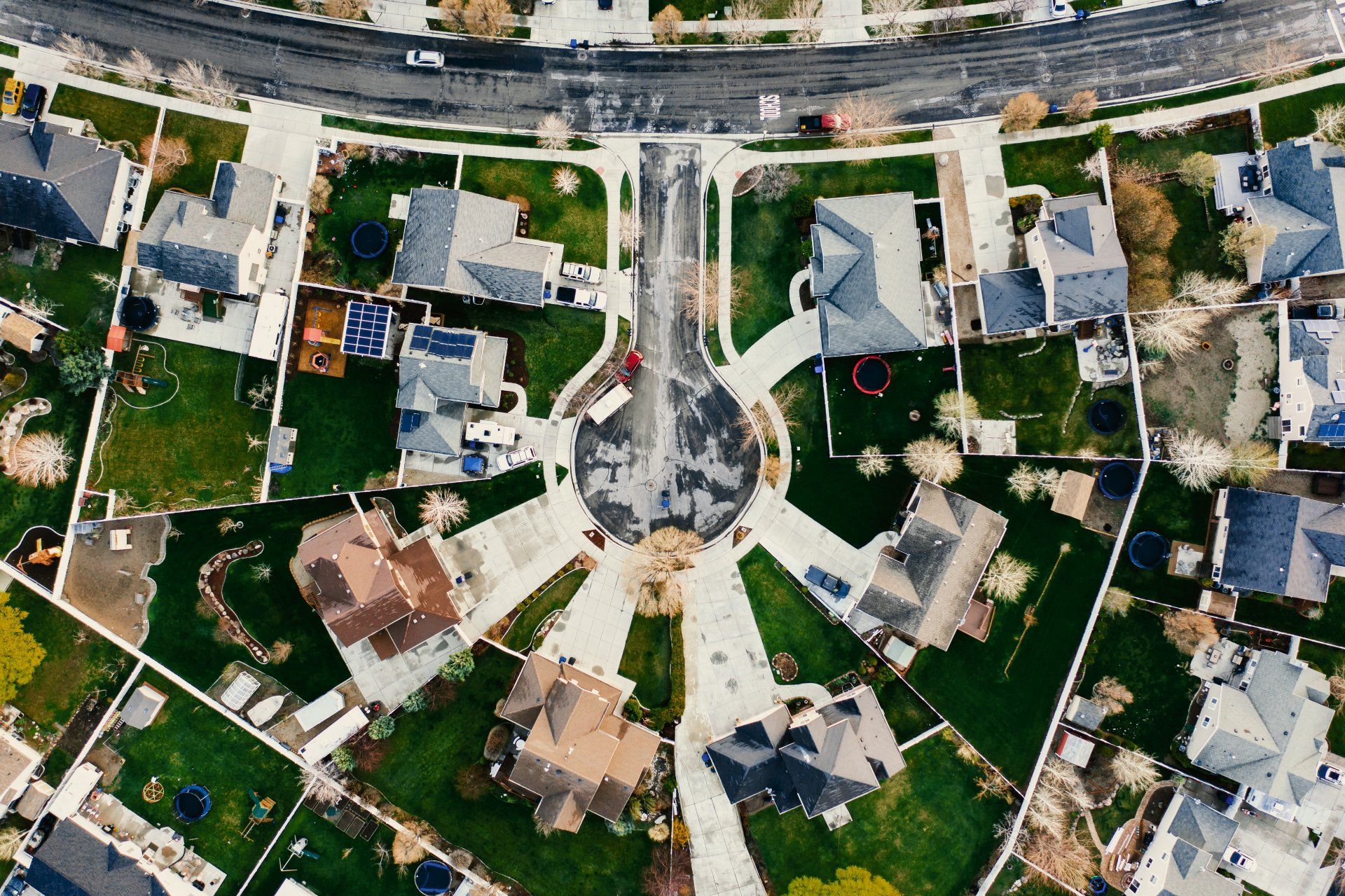How Much Snow is Too Much for Your Roof?
State College Roofing Tips For A Snowy Winter

When the worst Central Pennsylvania weather hits, and snowfall gets out of control, homeowners often wonder, “How much snow can my roof take?” If you live in State College, Boalsburg, Bellefonte, Spring Mills, Mill Hall, Centre Hall, Howard, or Harrisburg and are wondering how much snow your roof can bear, this post is for you. In this post, we will discuss the factors that influence the snow load a roof can withstand and provide tips on maintaining a safe balance throughout the winter months.
Understanding Snow Load
The scenic beauty of a snow-covered landscape is undeniably breathtaking, but it comes with considerations for the structural integrity of your roof. The term "snow load" refers to the weight of snow and ice that accumulates on a roof. Several factors influence this load, including:
- Snow Density: Not all snow is created equal. Light, fluffy snow has a lower density and is less burdensome than wet, heavy snow. The latter can significantly increase the overall snow load.
- Accumulation Duration: Continuous snowfall over an extended period increases the accumulation on your roof. Prolonged exposure to accumulating snow can elevate the risk of exceeding safe load limits.
- Roof Pitch: The slope or pitch of your roof influences how snow accumulates. Steeper roofs shed snow more easily, while flatter roofs may retain it, increasing the load.
- Structural Design: The design and materials of your roof play a vital role. Well-designed roofs with adequate support systems can handle more significant snow loads.
Calculating Snow Load Limits
Determining how much snow your roof can safely handle involves evaluating various factors. While there are general guidelines, it's advisable to consult with professionals. Some key considerations include:
- Local Building Codes: Building codes in your area stipulate the minimum standards for structural design, including snow load limits. These codes are formulated based on historical weather data for your region.
- Roof Type and Material: Different roof types and materials have varying load-bearing capacities. Metal roofs, for example, may shed snow more effectively than other materials.
- Professional Assessment: Engage a qualified structural engineer or roofing professional like Double L Construction to assess your circumstances. They can provide a tailored evaluation of your roof's capacity.
Maintaining a Safe Snow Load Balance
- Regular Clearing: Safely remove accumulated snow from your roof, especially after heavy snowfall. Use roof rakes or hire professionals to prevent excessive build-up.
- Ice Dam Prevention: Address ice dams promptly, as they can increase the risk of water infiltration beneath the snow, adding to the load.
- Monitor Weather Forecasts: Stay informed about upcoming weather conditions. This allows you to anticipate and mitigate potential snow load issues.
- Professional Inspection: Schedule regular professional inspections, particularly before winter sets in. Identifying and addressing potential issues early is key to preventing snow load-related damage.
Double L Construction is here to help. Our seasoned professionals can assess your roof's structural integrity, guide snow load considerations, and offer expert solutions to keep your home safe throughout winter.
If the weight of the snow on your roof has you concerned, reach out to Double L Construction for professional assessments and tailored solutions. Your safety is our priority.




